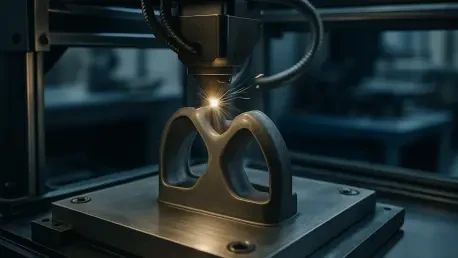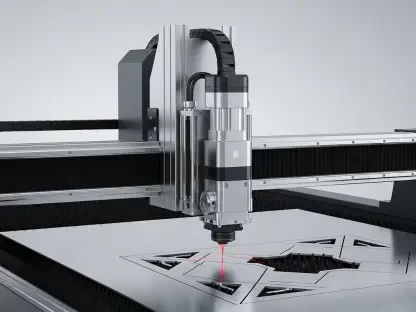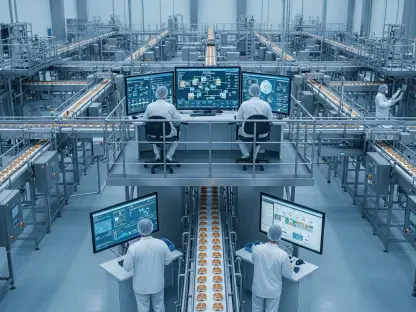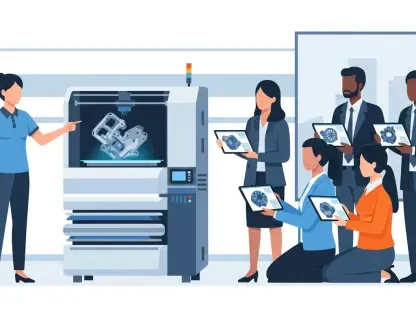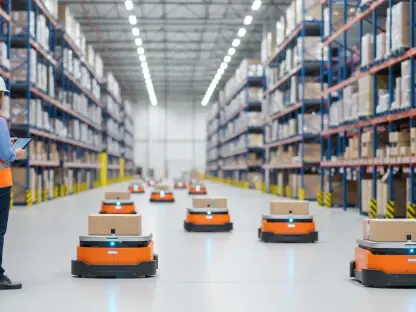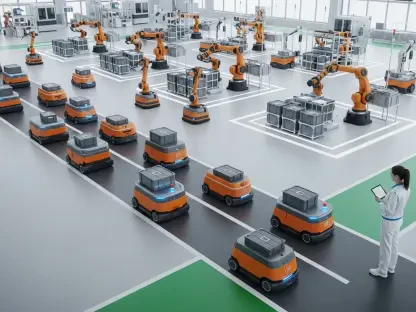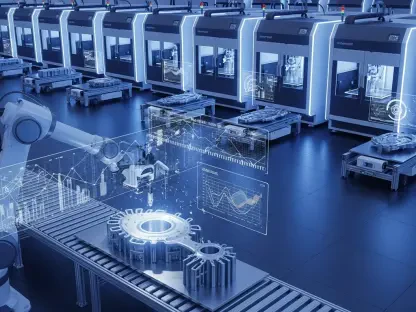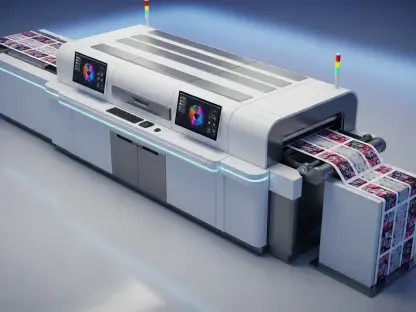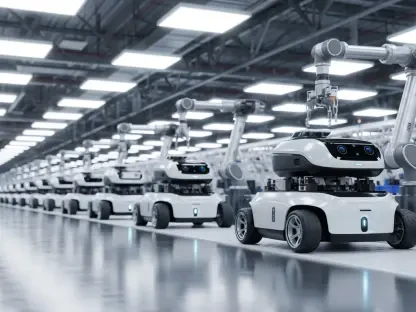The advancement of technology has always been pivotal for scientific progress, and the energy sector is no exception. In the nuclear realm, harnessing the potential of additive manufacturing (AM)—commonly known as 3D printing—offers innovative pathways for achieving efficiency and resilience, which are vital in today’s rapidly evolving landscape. Originally established in aerospace and medical industries, 3D printing is revelatory for nuclear energy due to its ability to cater to complex geometries and unique material combinations that are quintessential for low-volume manufacturing. This article will delve into the specific applications of additive manufacturing within nuclear energy, examining the current trends and future implications of this technological marriage.
Strategic Adoption of Additive Manufacturing in Nuclear Energy
Embracing Innovation through Key Initiatives
Pioneering projects have emerged as testaments to the transformative potential of additive manufacturing within the nuclear sector. Significant among these are the efforts of the United Kingdom Atomic Energy Authority (UKAEA) and Oak Ridge National Laboratory (ORNL) in the United States. The UKAEA has ventured into the procurement of specialized 3D printing equipment, aiming to create components crucial for nuclear fusion. The agency uses advanced additive manufacturing methods to produce plasma-facing parts, engineered to endure the severe environments typical of nuclear fusion reactions. This initiative is not merely an experimental venture but a part of their broader objective for commercializing fusion energy, which could revolutionize energy production by providing a nearly limitless and clean source of power.
Across the Atlantic, ORNL has carved its niche by successfully testing 3D-printed stainless steel capsules. These capsules were fabricated using laser powder bed fusion, a technique that melds tiny metal particles using a laser to create intricate designs unmanageable through traditional manufacturing. Once produced, these components underwent irradiation within the High Flux Isotope Reactor—a rigorous process meant to simulate the conditions they would face in a nuclear reactor. The impressive durability of the 3D-printed capsules throughout these tests underscores the reliability and robustness of additive manufacturing, showcasing its potential to produce critical reactor components by enduring extreme stresses and conditions, which contrasts sharply with conventional manufacturing limitations.
Overcoming Sector-Specific Challenges
The nuclear energy sector sets stringent demands concerning the characteristics and performance of components used, necessitating innovation. Additive manufacturing addresses these challenges by enabling rapid prototyping and offering flexible design options. This flexibility is crucial in adapting technology to endure harsh nuclear environments where conventional parts might falter. The potential for AM lies in its ability to construct components layer by layer, which permits the inclusion of complex internal geometries and specific material properties unattainable with traditional manufacturing methods. Consequently, engineers and designers can rethink reactor designs and innovate on a fundamental level.
Moreover, the financial considerations of additive manufacturing align well with nuclear energy demands. While the initial capital investment for AM technology can be high, it becomes justified when considering the exorbitant costs of specialized, low-volume components in nuclear applications. Thus, the deployment of AM results in notable financial savings by reducing waste, lowering the need for excessive raw materials, and shortening production lead times. Additionally, additive manufacturing aids in mitigating supply chain issues by allowing components to be manufactured close to their required location. This aspect enhances reliability and reduces dependency on complex, global supply networks, proving invaluable in settings where uninterrupted functionality is paramount.
Future Implications for Additive Manufacturing in Nuclear Energy
Advancing the Frontiers of Nuclear Technology
The integration of additive manufacturing into the nuclear energy sector does more than solve current challenges; it also paves the way for pioneering advancements in nuclear technology. By facilitating the production of sophisticated components that can withstand the unique stresses of nuclear processes, additive manufacturing supports the development of next-generation nuclear reactors. These include Small Modular Reactors (SMRs) and advanced fusion reactors, which promise increased efficiency and safety over traditional nuclear systems. This adoption complements ongoing global shifts towards cleaner energy sources, addressing environmental concerns and aiming for a sustainable, energy-secure future.
In exploring these advancements, collaborations between academic institutions, government laboratories, and private industries are paramount. Such alliances stimulate innovations by allowing shared research, diverse perspectives, and joint ventures that accelerate deployment times for 3D-printed components. The feedback loop between production, testing, and iteration condenses development timelines, ensuring that solutions reach market readiness expediently. As a result, the nuclear sector stands poised to embrace the changes that additive manufacturing enables, from enhancing reactor safety to optimizing material use.
Navigating Regulatory and Technical Considerations
Technological advancements have consistently played a crucial role in driving scientific progress, and this is particularly true for the energy sector. In the field of nuclear energy, leveraging the capabilities of additive manufacturing (AM), more commonly known as 3D printing, presents innovative opportunities for enhancing efficiency and resilience, which are indispensable in today’s swiftly changing environment. Although initially recognized in the aerospace and medical industries, 3D printing is significantly transformative for nuclear energy because of its capacity to accommodate complex geometries and distinctive material combinations. These attributes are fundamental for low-volume manufacturing needs. This discussion will explore how additive manufacturing is applied in the nuclear sector, highlighting current trends, as well as potential future impacts of integrating this technology. Embracing 3D printing in nuclear energy could revolutionize the industry, fostering advancements that address both present challenges and future demands.
